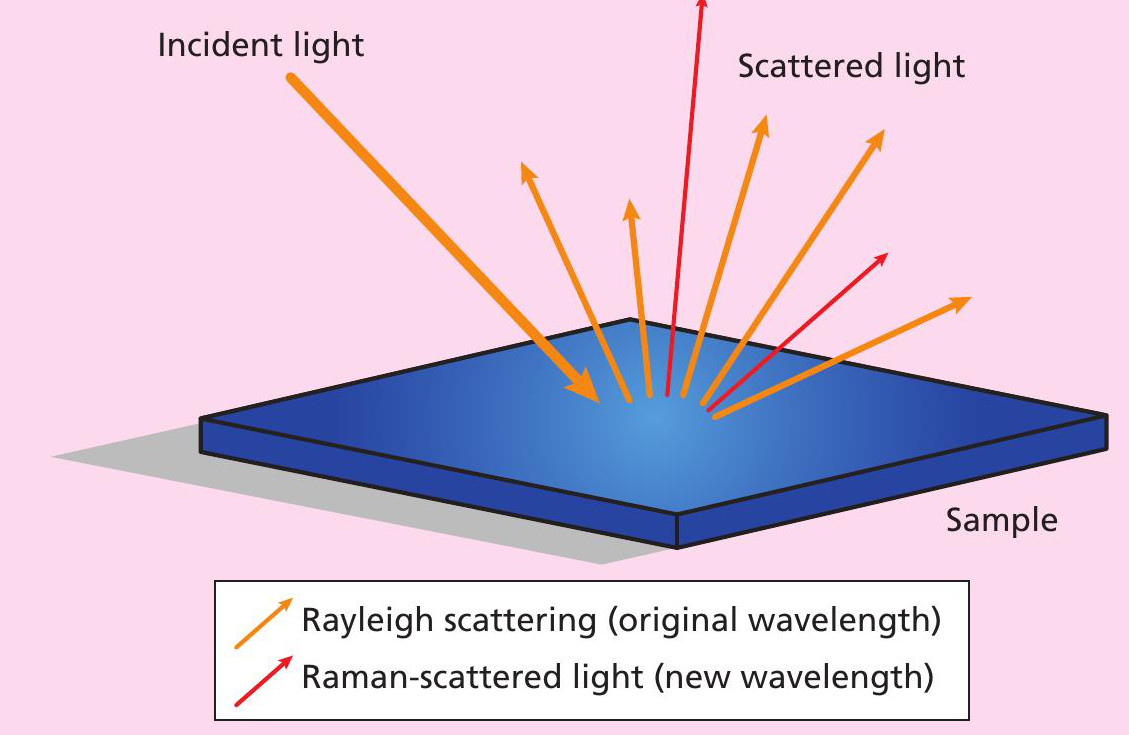
The Perseverance Mars rover (see pp. 16–17) has a groundbreaking piece of chemistry equipment on board called SHERLOC (Scanning Habitable Environments with Raman and Luminescence for Organics and Chemicals). This is an extremely powerful Raman and fluorescence spectrometer, which analyses and characterises any organic compounds and minerals on or just below the surface of Mars. These compounds and minerals will be indicative of biomarkers, which in turn could reveal whether any kind of life has ever been present on Mars.
Working alongside SHERLOC, as ever, is WATSON (Wide Angle Topographic Sensor for Operations and eNgineering), which is an extremely specialised camera used to take images of rock textures. It is used in conjunction with SHERLOC to help identify substances on the Martian surface.
Your organisation does not have access to this article.
Sign up today to give your students the edge they need to achieve their best grades with subject expertise
Subscribe




